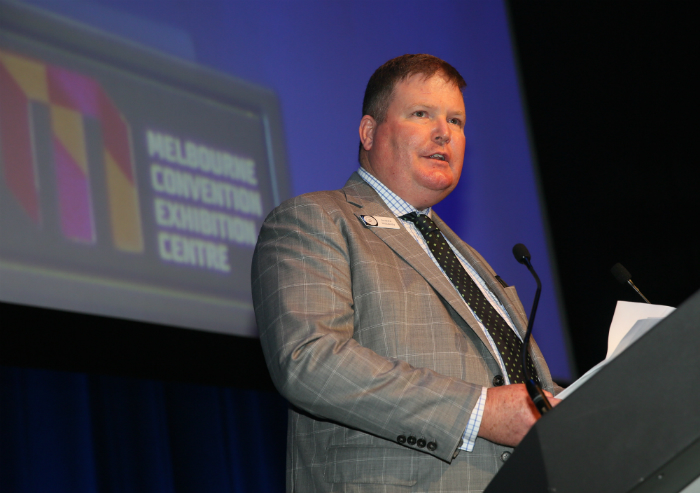
The Printing Industries Association of Australia has booked a $1.27m loss for 2016, which its CEO Andrew Macaulay says is the result of modern accounting systems and a decision to draw a line in the sand over past practices and events.
Macaulay says, “The 2016 report reflects the decision to produce absolute transparency in the Association’s accounting. The losses are a cumulative one-off result.
“The report shows the Association is in a strong financial position going forward, and will be profitable going forward. It will no longer be dependent on government grants, donations or one off revenues such as those that come from trade shows. It will balance the books, with staffing levels now reflecting its income. It has substantial real estate assets. The Association is well set to serve the needs of the printing industry going into the future.”
[Related: Kuhn replaces May as PIAA president]
One of Macaulay’s first acts when he was appointed as CEO last year was to remove the entire PIAA accounting team from CFO down, and replace them. He says that forensic examination of the association’s accounts and accounting practices revealed a body living beyond its means, surviving through lumpy income from the trade shows and various government grants. “Those days belong in the past”, says Macaulay, “The PIAA has to move forward and operate in a modern framework, and that is what we are doing.”
Essentially the PIAA has been running at a loss for many years, its member subscription income has been on the decline for the past 20 years, it was $3.8m in 1996, in 2016 it was less than half of that at $1.74m, which was itself an eight per cent decline on the year before. Macaulay took the view that the association had to face up to the facts and cut its cloth accordingly. The PIAA says membership is though now stable.
Its major assets are in real estate, with some $9.2m worth of land and property under its ownership, this is $2.1m less than the year before, reflecting the sale of the Auburn national headquarters.
Staffing levels at the PIAA are currently running at 17, dramatically less than the 50-60 it has been running at for most of the past 20 years. For 2016 staffing costs came in at $2.2m, virtually the same as the PIAA’s entire income.
Macaulay says, “The PIAA is equipped for the job, we do not need three times the staff we have.”
The figures for 2016 show that the bulk of income came from membership subscriptions of $1.74m, down from the $1.9m the year before. Other revenue was down by a third to $245,000, leading to an overall deficit in income of 10 per cent to $2.2m, against $3.9m from the year before when the sale of the Auburn HQ was factored in.
The PIAA 2016 Annual report is available here.
Comment below to have your say on this story.
If you have a news story or tip-off, get in touch at editorial@sprinter.com.au.
Sign up to the Sprinter newsletter
